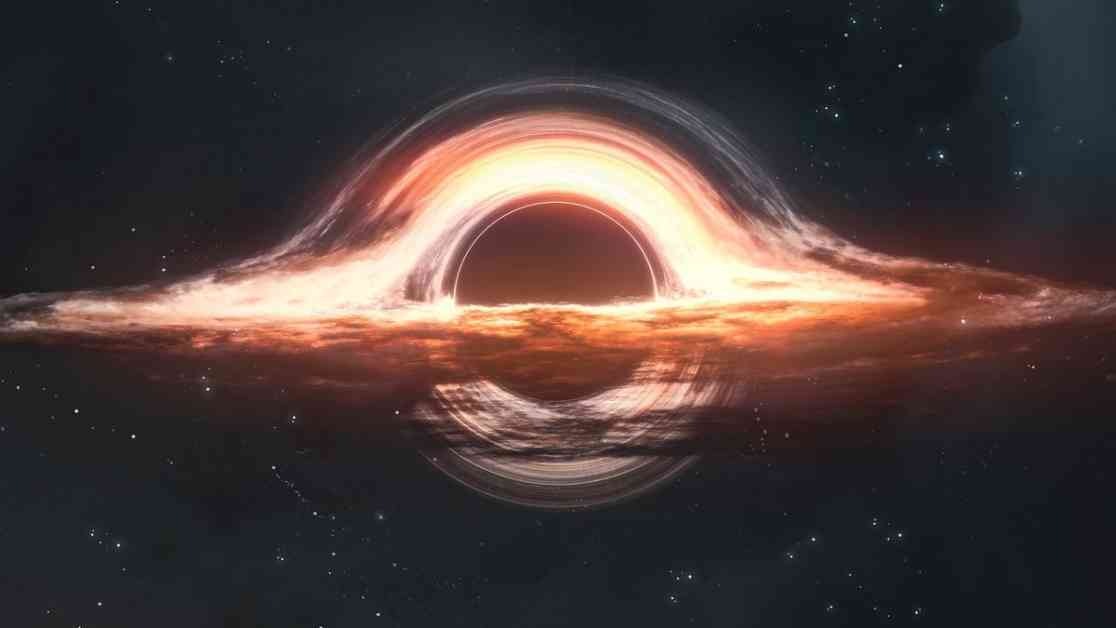Deep in the heart of the Milky Way lies a supermassive mystery – black holes. These gigantic ruptures in space-time have puzzled astrophysicists for years, especially with the recent discoveries made by the James Webb Space Telescope (JWST). Sophie Koudmani, an astrophysicist at the University of Cambridge, is on a mission to unravel the secrets of these cosmic monsters.
Supermassive black holes play a crucial role in the universe by generating immense amounts of energy that influence the evolution of galaxies. They can stop gas from clumping together to form stars, which is essential for creating realistic galaxies. The energy they emit can even affect the large-scale structure of the universe, impacting cosmology and our understanding of cosmic evolution.
Koudmani explains that black holes communicate with their host galaxies through relativistic jets, winds from the accretion disk, and radiation. These interactions shape the behavior of the galaxies and determine their structure. Without black holes, galaxies would undergo “runaway star formation,” leading to a vastly different cosmic landscape.
The JWST has provided new insights into the early universe, revealing the presence of supermassive black holes in high numbers within small galaxies. This challenges existing models of black hole growth and raises questions about their efficiency. Koudmani suggests that black holes may have grown faster than their host galaxies in the early universe, leading to their massive size.
The growth of black holes can occur through various pathways, including the collapse of massive stars, the collapse of huge gas clouds, and the formation of nuclear star clusters. Additionally, the existence of primordial black holes, relics from before the Big Bang, remains a tantalizing possibility that researchers are investigating.
Looking to the future, Koudmani is excited about the potential of gravitational wave detectors like LISA to shed light on supermassive black holes. These instruments will offer a new way to map the black hole population and understand their growth mechanisms. She also emphasizes the role of simulations in bridging observations and theoretical models, highlighting the importance of AI in accelerating these simulations and making them more accurate.
As astrophysicists like Sophie Koudmani continue to push the boundaries of our knowledge about supermassive black holes, the universe reveals more of its secrets. The quest to understand these cosmic monsters is ongoing, with each discovery bringing us closer to unlocking the mysteries of the cosmos.










